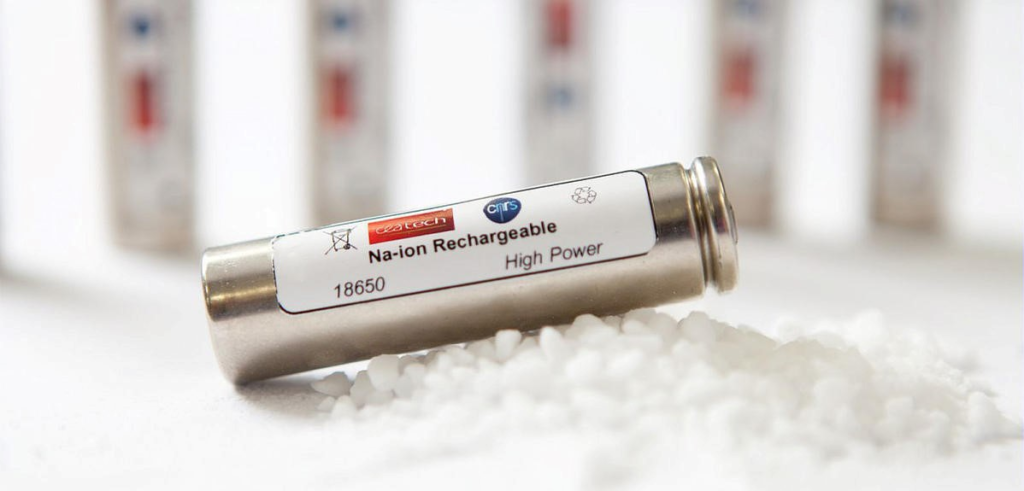South Korean researchers have created a high-power hybrid sodium-lon battery capable of charging in seconds.
Significance of Sodium Batteries
- Sodium, being abundantly available, emerges as a promising alternative to lithium for electrochemical energy storage.
- Sodium-ion batteries are cost-effective and potentially more feasible due to the abundance of sodium.
Innovation and Development
- Developing a hybrid battery with high energy and power density necessitates enhancing the slow energy storage rate of battery-type anodes and increasing the relatively low capacity of supercapacitor-type cathode materials.
- A research team devised a novel approach integrating battery-type anodes with supercapacitor-type cathodes.
- The combination helped the battery to achieve high storage capacities and rapid charge-discharge rates.
Sodium-Ion Batteries (SIBs) vs. Lithium-Ion Batteries (LIBs):
| Feature | Sodium-Ion Batteries (SIBs) | Lithium-Ion Batteries (LIBs) |
| Energy Density | Lower energy density, which limits their use in weight-sensitive applications. | Higher energy density, suitable for portable electronics and electric vehicles. |
| Charge/Discharge Rates | Generally slower than LIBs, but improvements are ongoing. | Faster charging and discharging rates, advantageous for quick-use scenarios. |
| Cost | Cheaper raw materials (sodium vs. lithium); potential for lower production costs once scaled. | Currently more expensive raw materials; however, extensive manufacturing reduces costs. |
| Operation and Use | Higher operating temperature range; Suitable for use in extreme temperatures. | Lower operating temperature range and may pose a fire risk if used in higher temperatures. |
| Safety | Better thermal stability and potentially less flammable electrolytes. | Prone to overheating and thermal runaway due to flammable organic electrolytes. |
| Environmental Impact | Abundant and less environmentally damaging sodium resources. | Less abundant lithium, with greater environmental impacts from mining. |
| Applications | More suitable for stationary storage applications like grid storage. | Preferred in mobile applications and electric vehicles due to size and weight efficiency. |
Limitation of Sodium-ion batteries:
- Lower Energy Density: Sodium-ion batteries store less energy per unit volume or weight than lithium-ion batteries.
- Limited Cycle Life: They may have a shorter cycle life, degrading performance with repeated charging.
- Cycle life of 5,000 times, significantly less than that of commercial lithium iron phosphate batteries, which typically offer 8,000-10,000 cycles.
- Materials Challenges: Finding suitable electrode materials remains a challenge, limiting widespread adoption.
- Safety Risks: While safer than lithium-ion batteries, sodium-ion batteries still pose risks like overheating and electrolyte leakage.
- Temperature Sensitivity: Performance can vary with temperature, affecting efficiency and lifespan.
- Slower Charging: They may have slower charging rates compared to lithium-ion batteries.
- Cost: Initially, sodium-ion batteries are not cheaper than lithium-ion batteries due to the relatively small and less mature supply chain.
Ref:Source
| UPSC IAS Preparation Resources | |
| Current Affairs Analysis | Topperspedia |
| GS Shots | Simply Explained |
| Daily Flash Cards | Daily Quiz |



